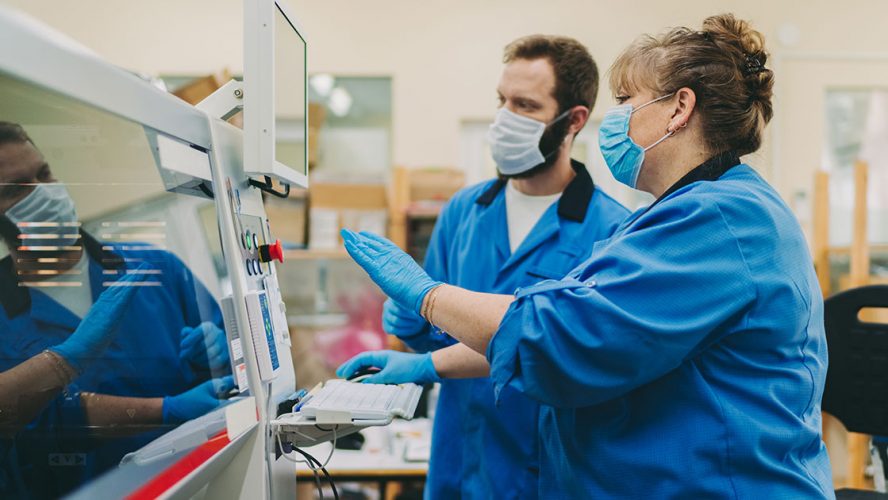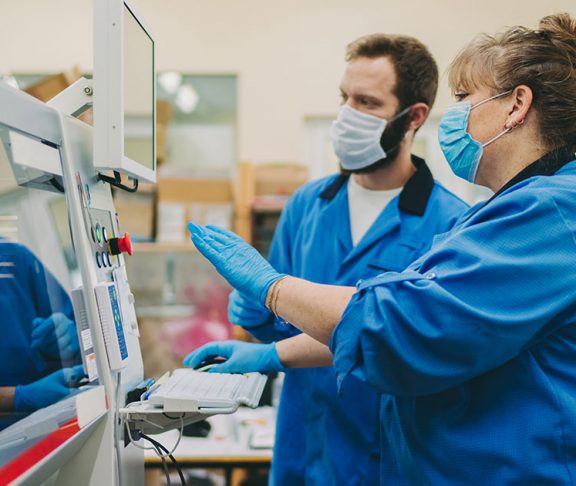
Stephen Gold
President and CEO, Manufacturers Alliance for Productivity and Innovation
Throughout the 20th century, manufacturing played a central role in growing the middle class and the American economy, creating new communities, and enhancing this nation’s living standards. Then around the turn of this century – for a variety of reasons, some internal and some external – production started moving offshore, U.S. innovation and productivity started lagging, and the sector started shedding jobs.
American manufacturing was further stymied by the Great Recession. Factory output plummeted 20 percent, and the sector lost 2 million jobs. By 2010, China surpassed the United States as the global leader in manufacturing output. Many thought American manufacturing was dead, and some even questioned the need for a vibrant industrial base.
It turned out manufacturing in this country was far from dead. As the United States slowly emerged from the Great Recession, manufacturing was a main driver behind the early years of the recovery. Rather than the death of manufacturing, politicians and economists started talking about an American manufacturing renaissance.
An economic rebound
Now as the country starts its slow climb out of another deep economic hole, manufacturing promises once again to play a key role in our rebound. This is inevitable because while federal data — which defines the sector and its jobs very narrowly — suggests manufacturing represents about one-tenth of the economy, our research shows that the entire manufacturing value chain actually constitutes about one-third of U.S. gross domestic product. Moreover, manufacturing’s multiplier is 3.6, which means for every $1.00 spent in manufacturing, the sector generates $3.60 of value added elsewhere across the U.S. economy. That’s a greater impact than any other sector.
And now this engine of growth is once again in resurgence. As devastating as this year’s societal and economic crises have proven, conditions also forced manufacturers’ hands. Like other businesses, they had to rethink their business models and their workforce protocols. Suddenly, investments and concepts that may have been postponed for years are now on the drawing board.
New opportunities
Manufacturers will now hit the accelerator on digital transformation. Our 2019 Manufacturers Alliance and Deloitte study showed that 85 percent of industrial manufacturers see smart factory initiatives as the main driver of manufacturing competitiveness in the next five years. However, only 1 in 5 were moving toward complete transformation of at least one factory. That will change. Expect to see a dramatic increase in smart factories with cyber-physical systems, robots teaming up with humans, and networked supply and distribution chains. This, in turn, will create not only increased efficiencies and more optimized production, but consumers will also see far greater customization, as well as new product distribution capabilities.
Manufacturers will also create new opportunities through virtual workforces. Closing shop floors during the pandemic caused manufacturers to remodel how people work in factories. The growth in artificial intelligence, automation, and augmented reality programs will increase these employees’ ability to remotely control many operations, which will lead to increased productivity.
This becomes all the more likely as the need for remote interaction accelerates the adoption of 5G technology. With speeds of up to 100 gigabits per second, 5G could be 100 times faster than 4G. Such a transition will allow for higher flexibility, lower cost, and shorter lead times for production reconfiguration, layout changes, and alterations.
The United States’ manufacturing renaissance is coming. Its revival will not just help our economy rebound, it will spur innovation, technological advances, and higher living standards across society.



